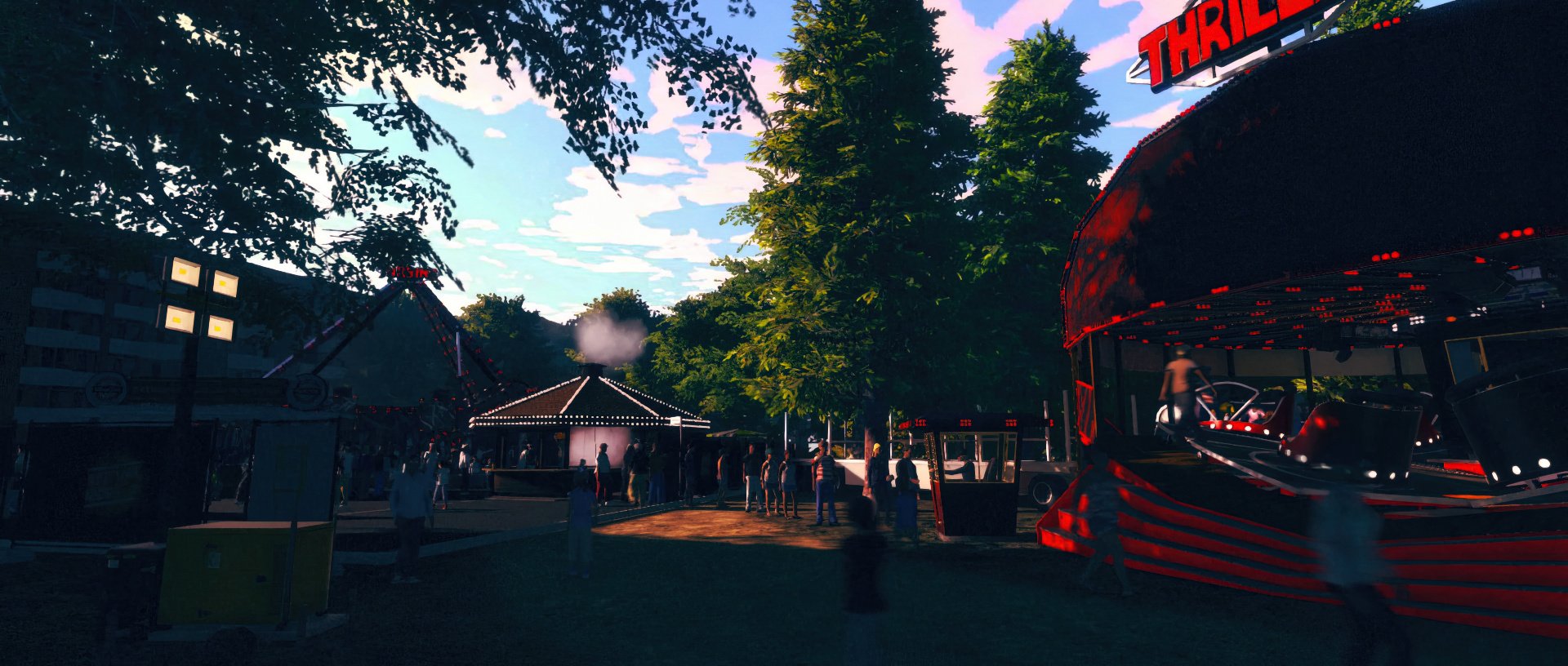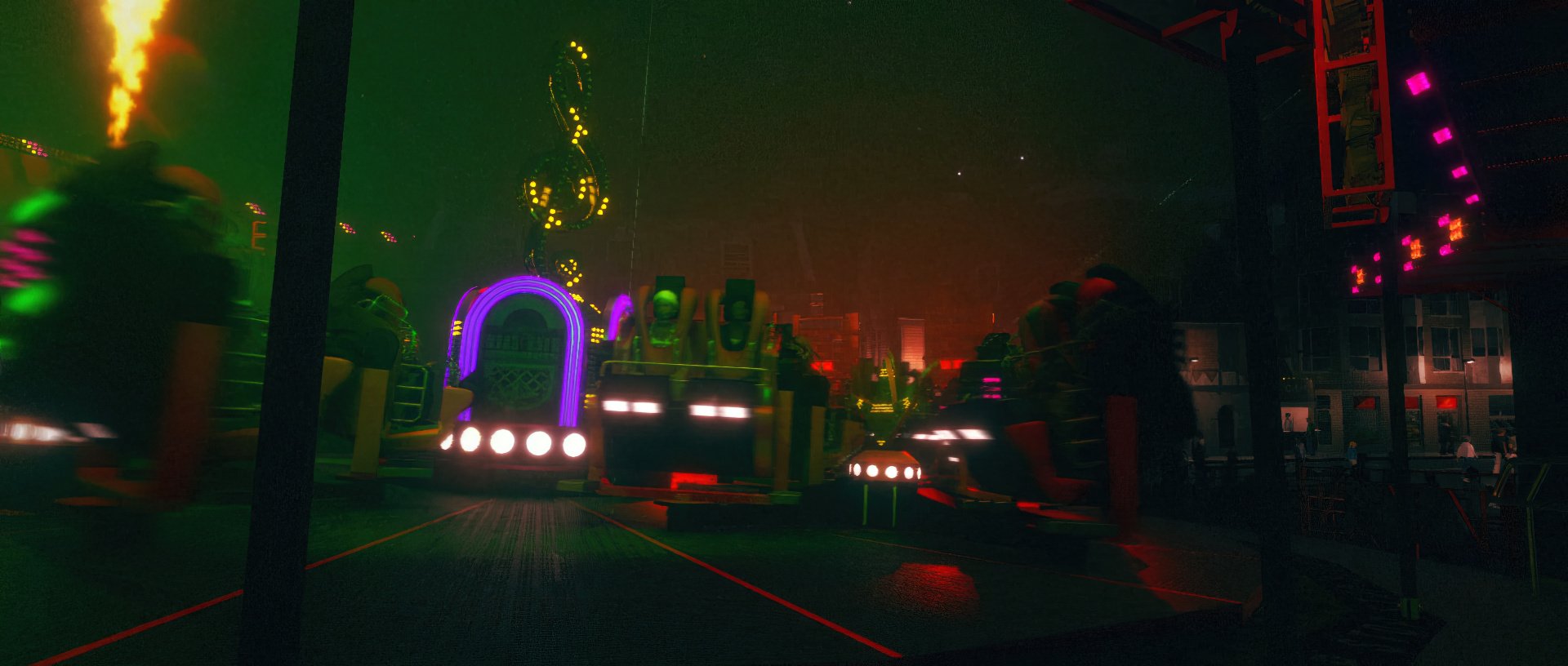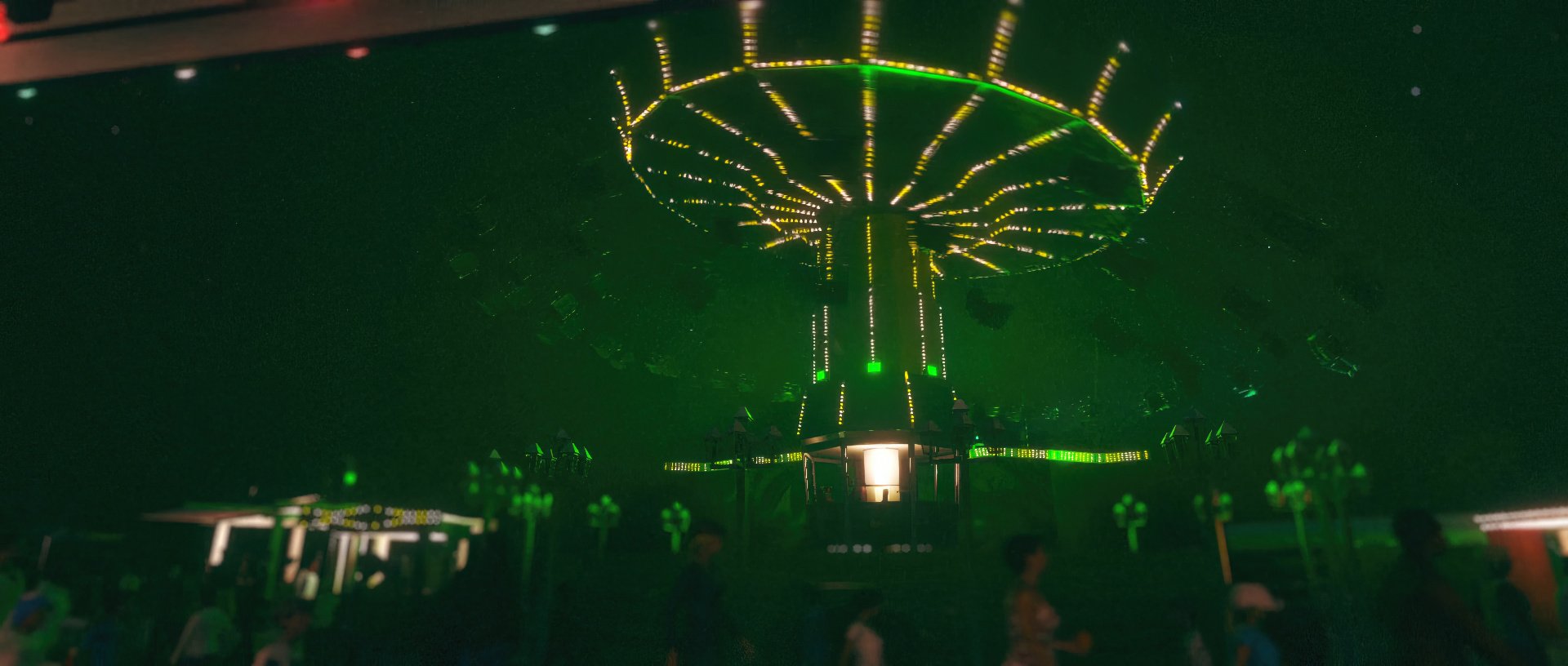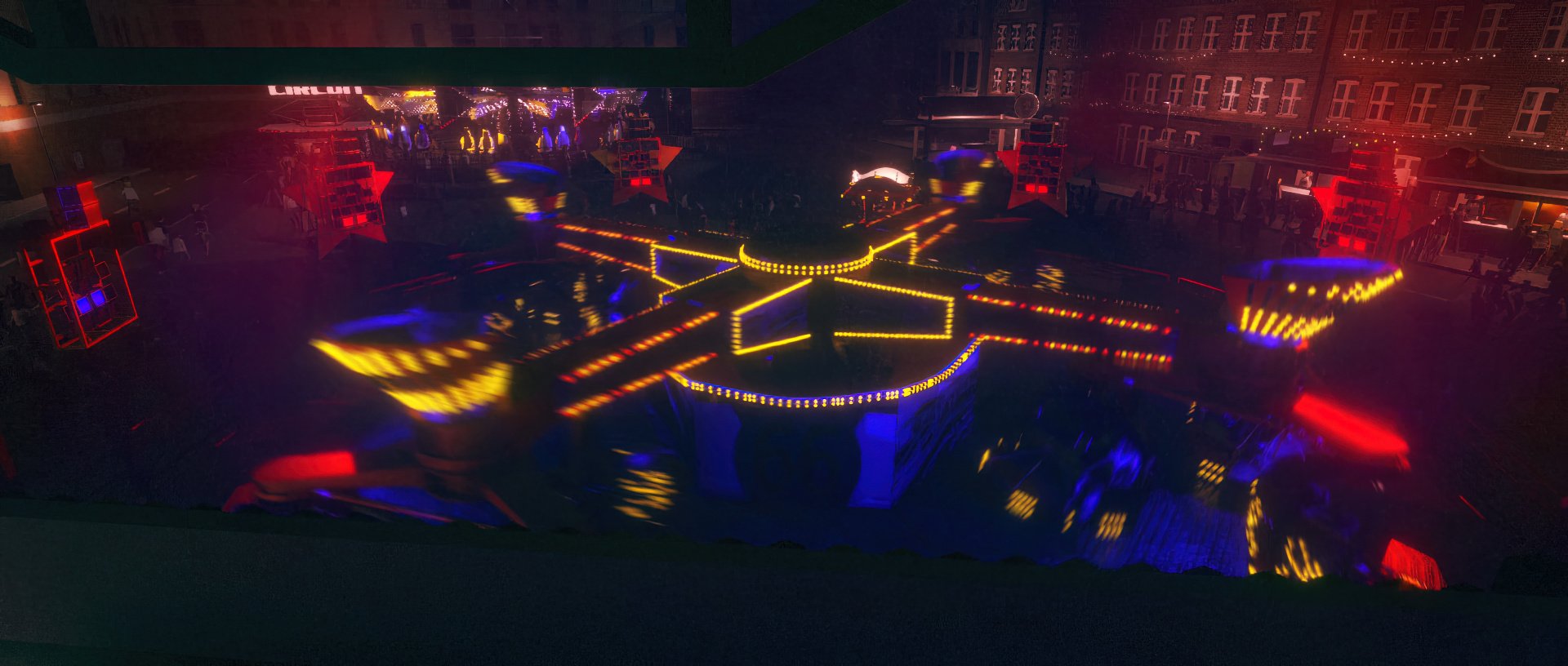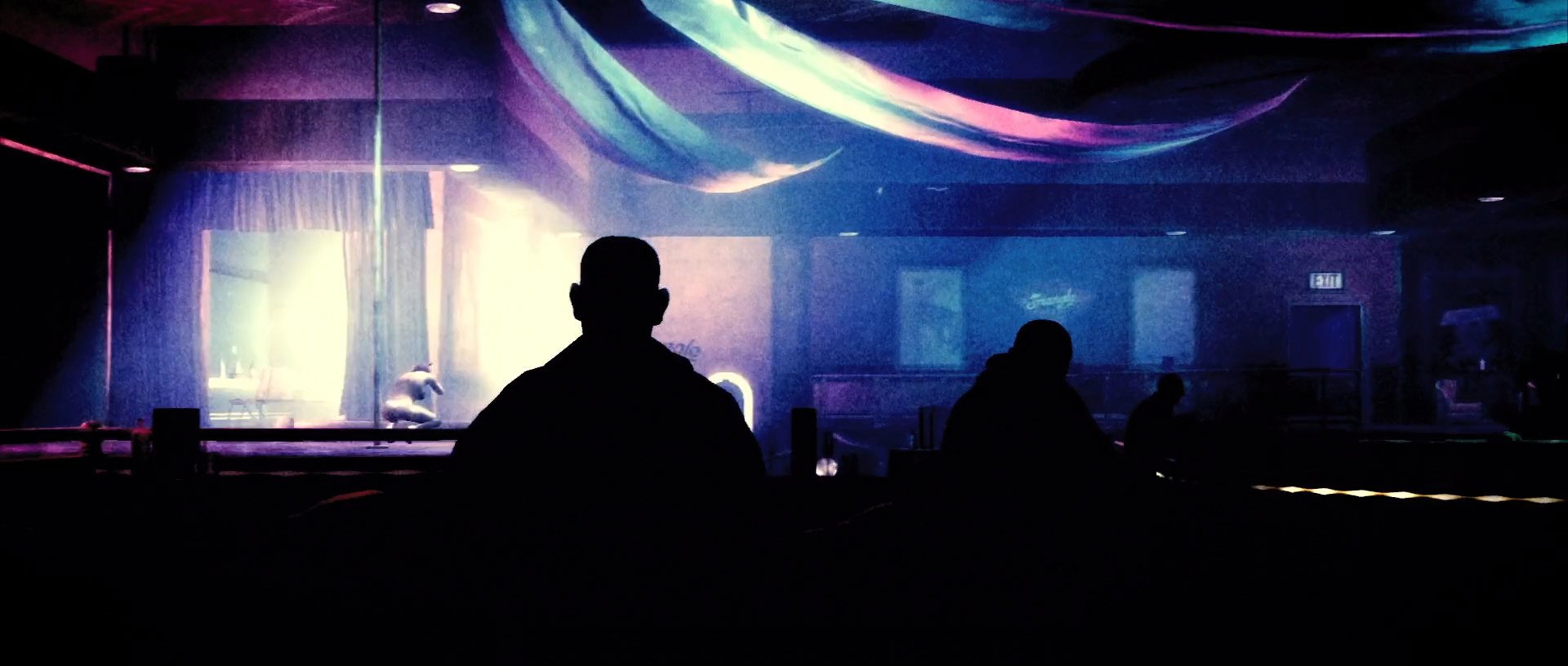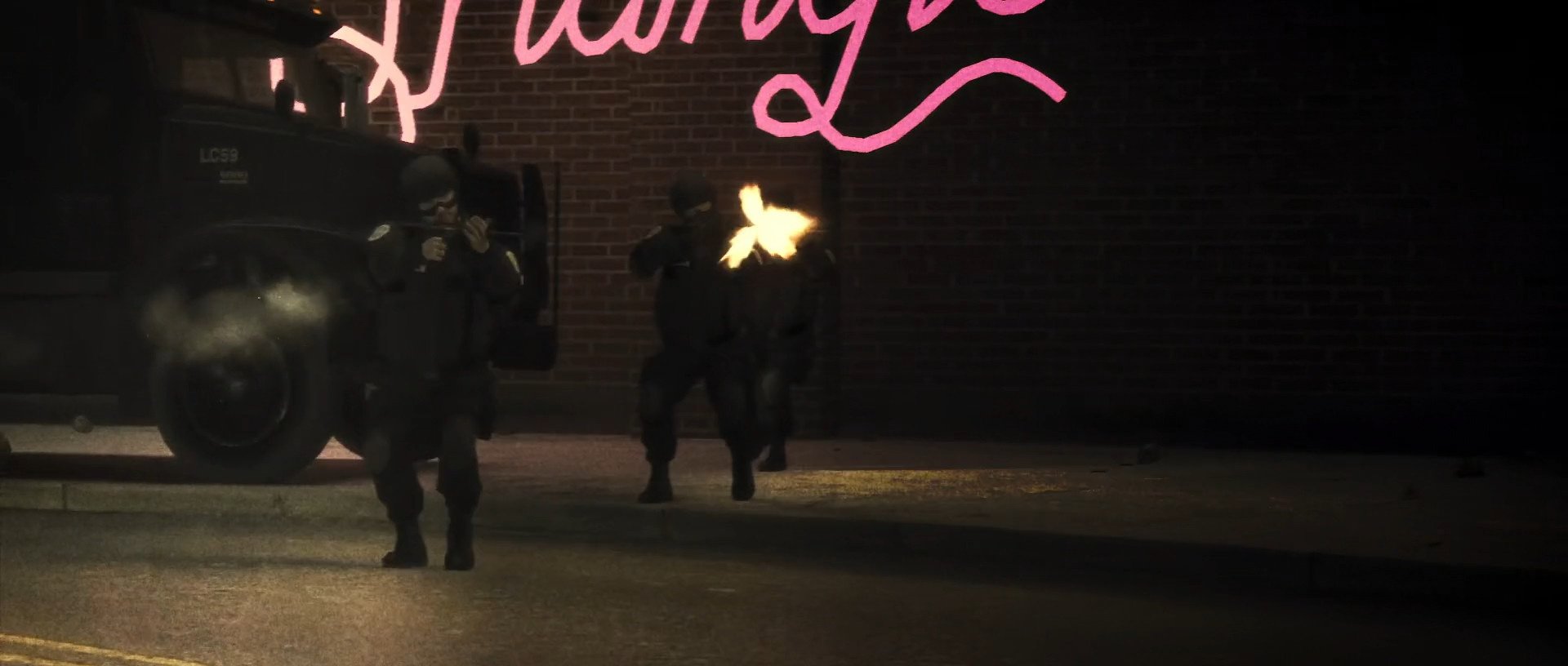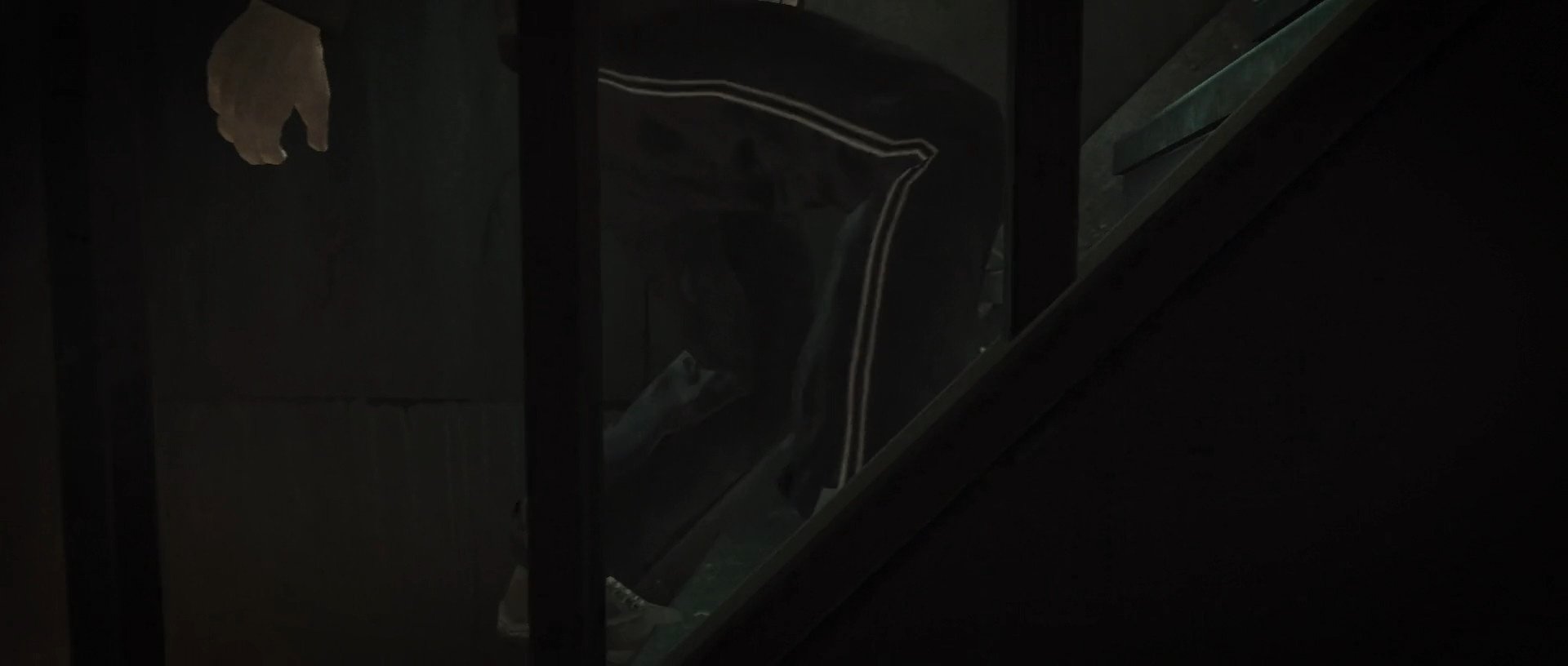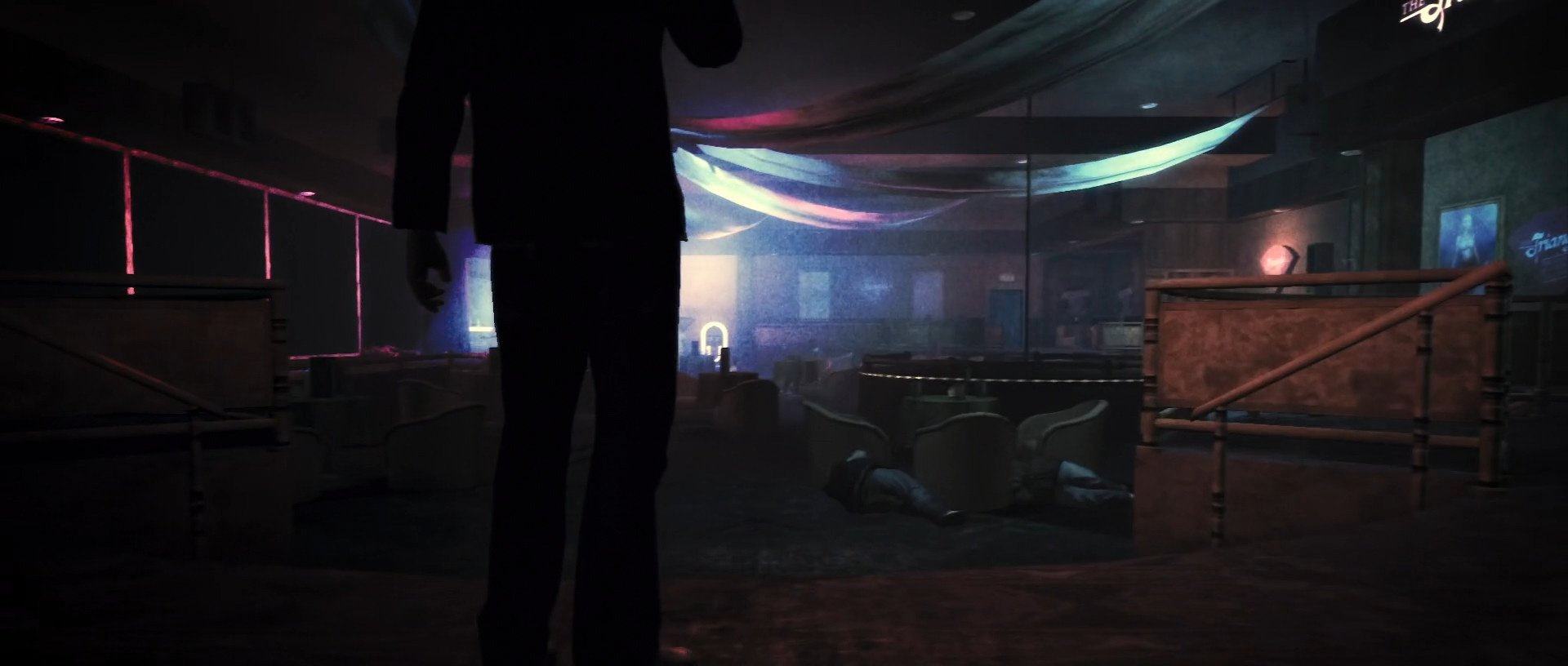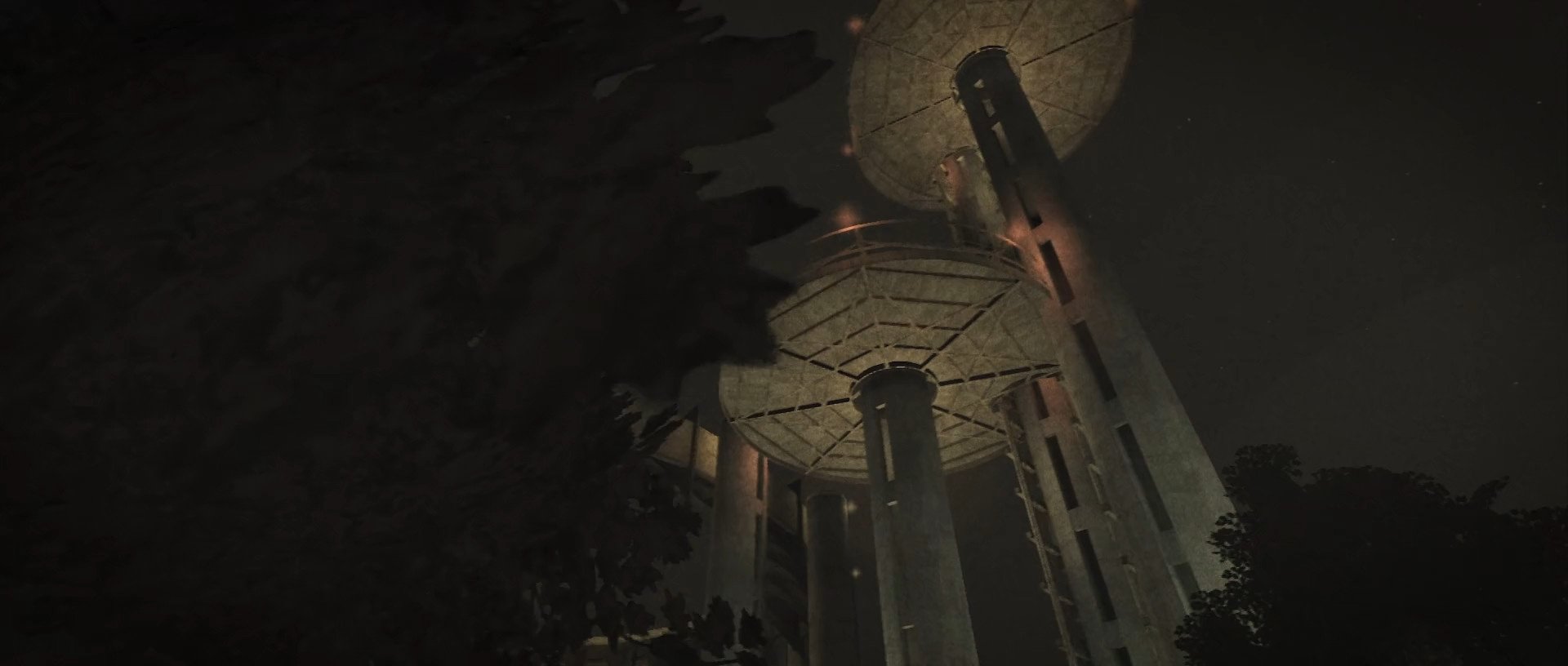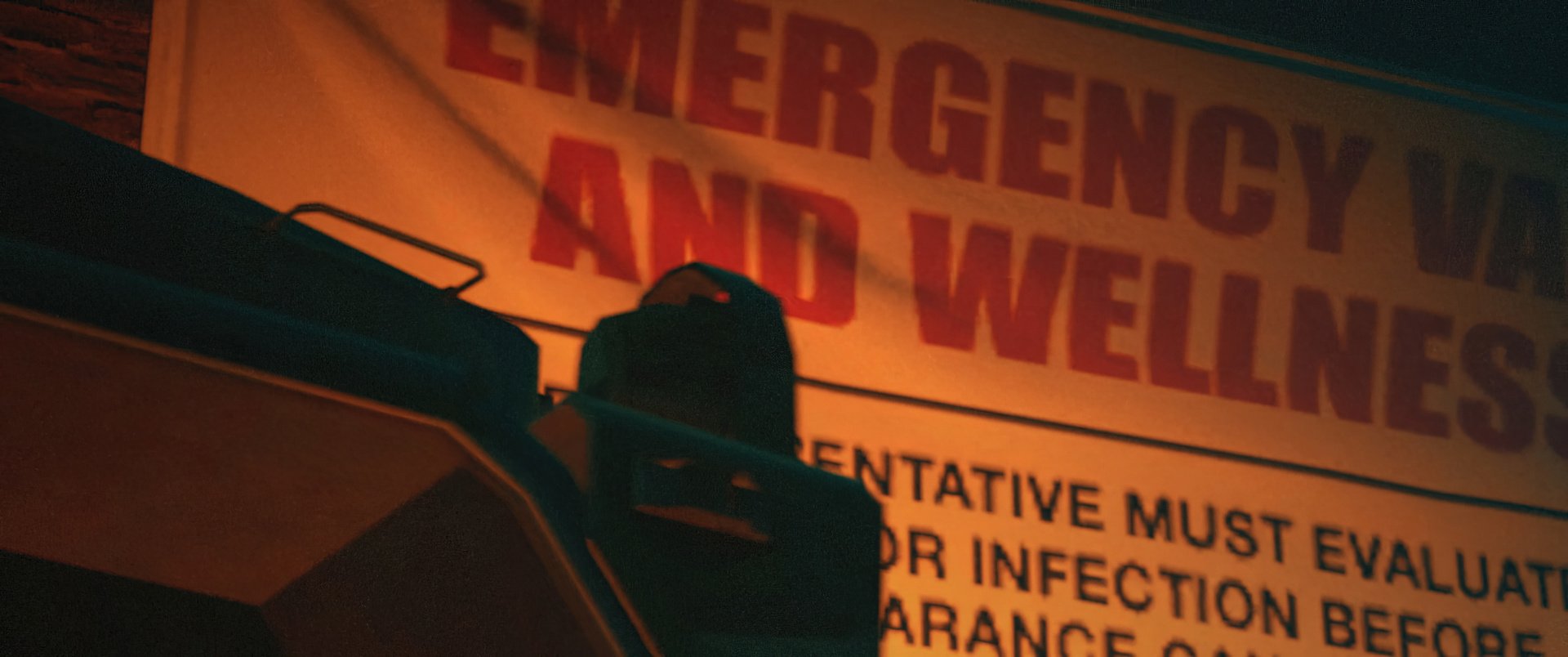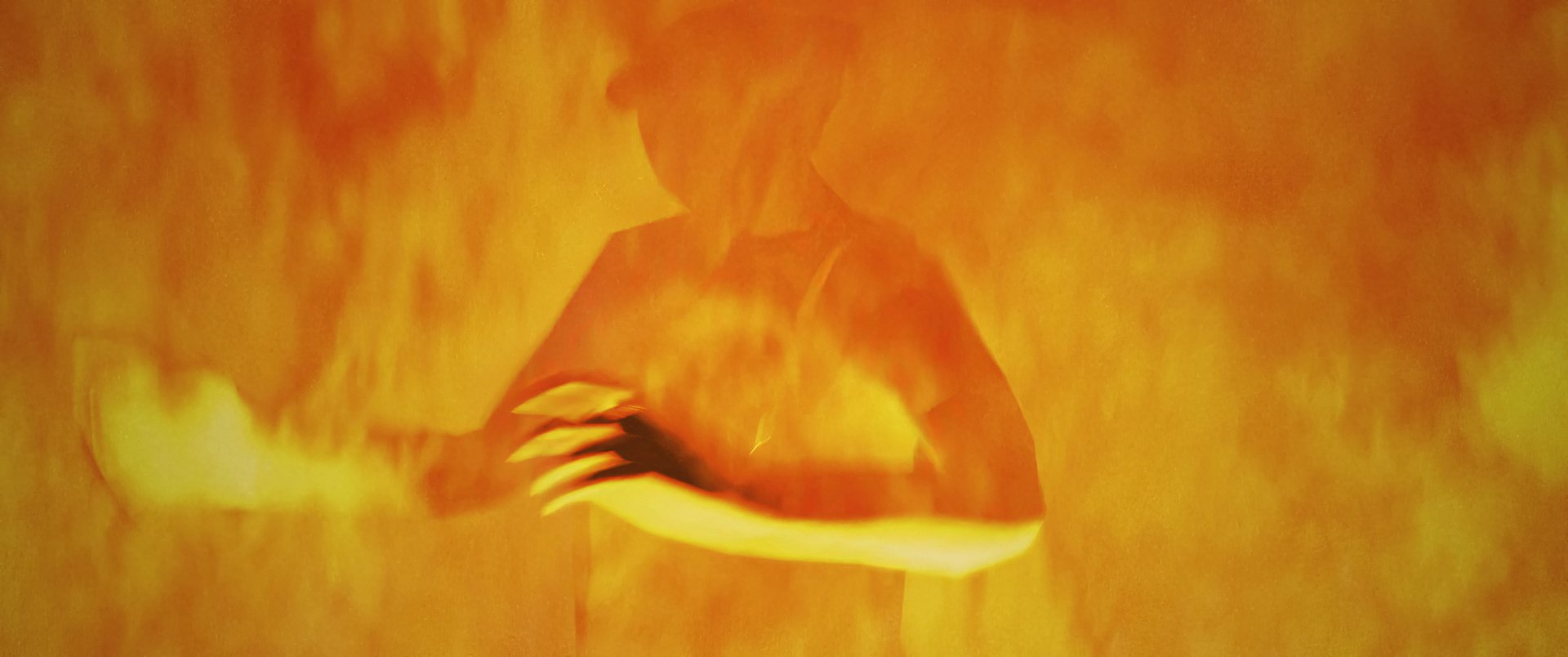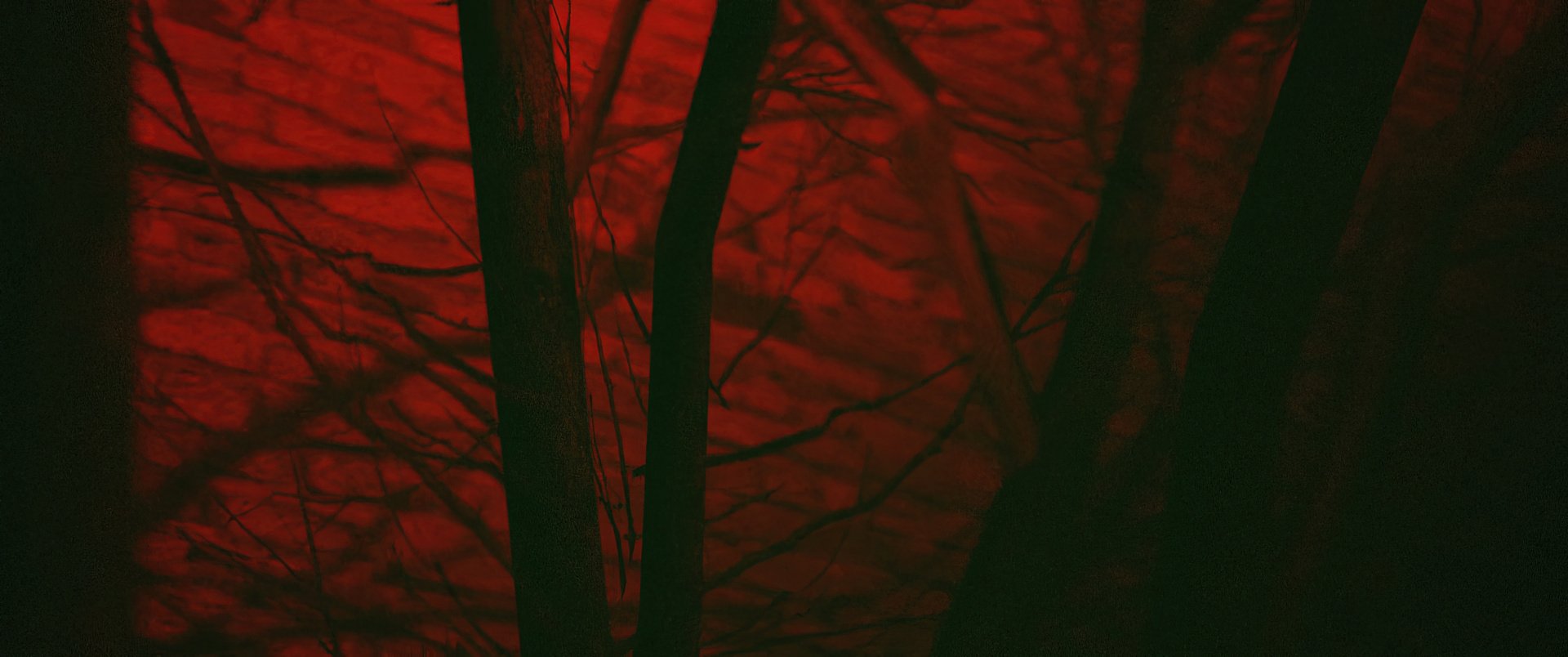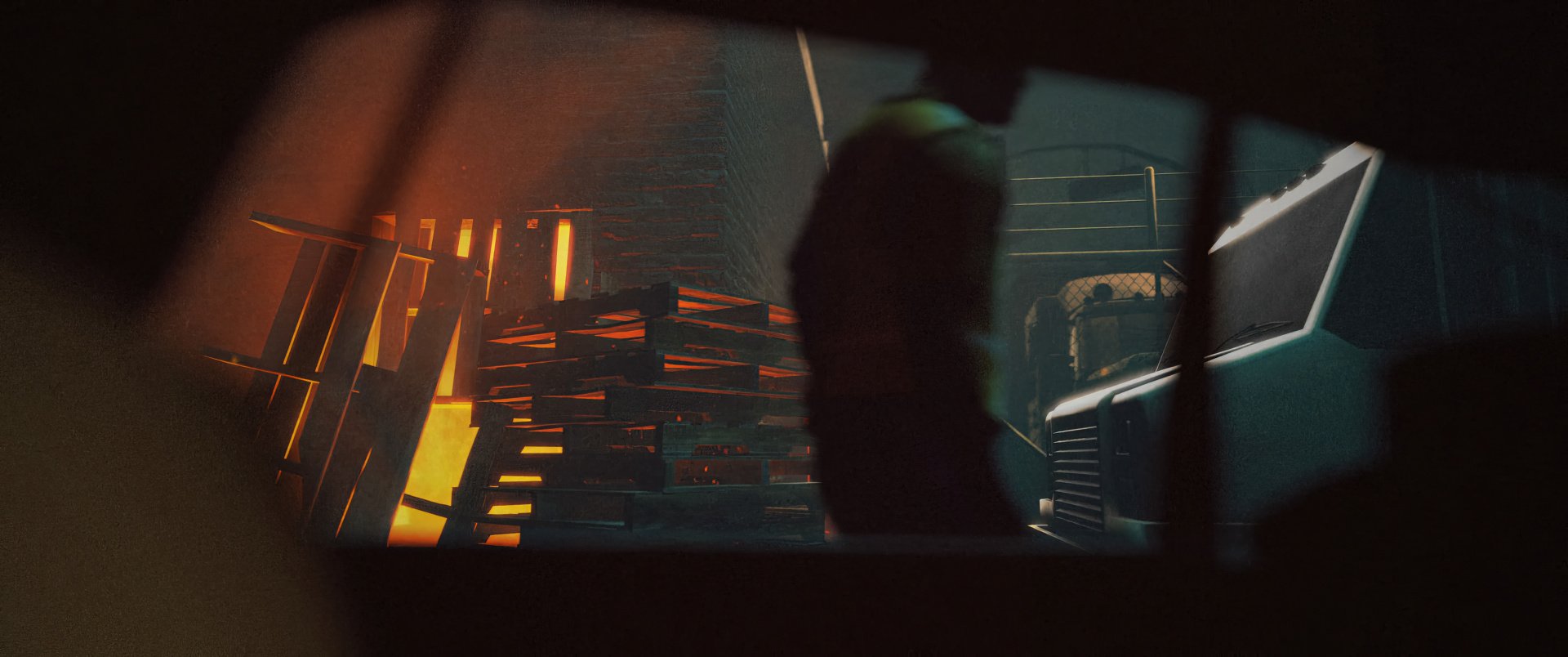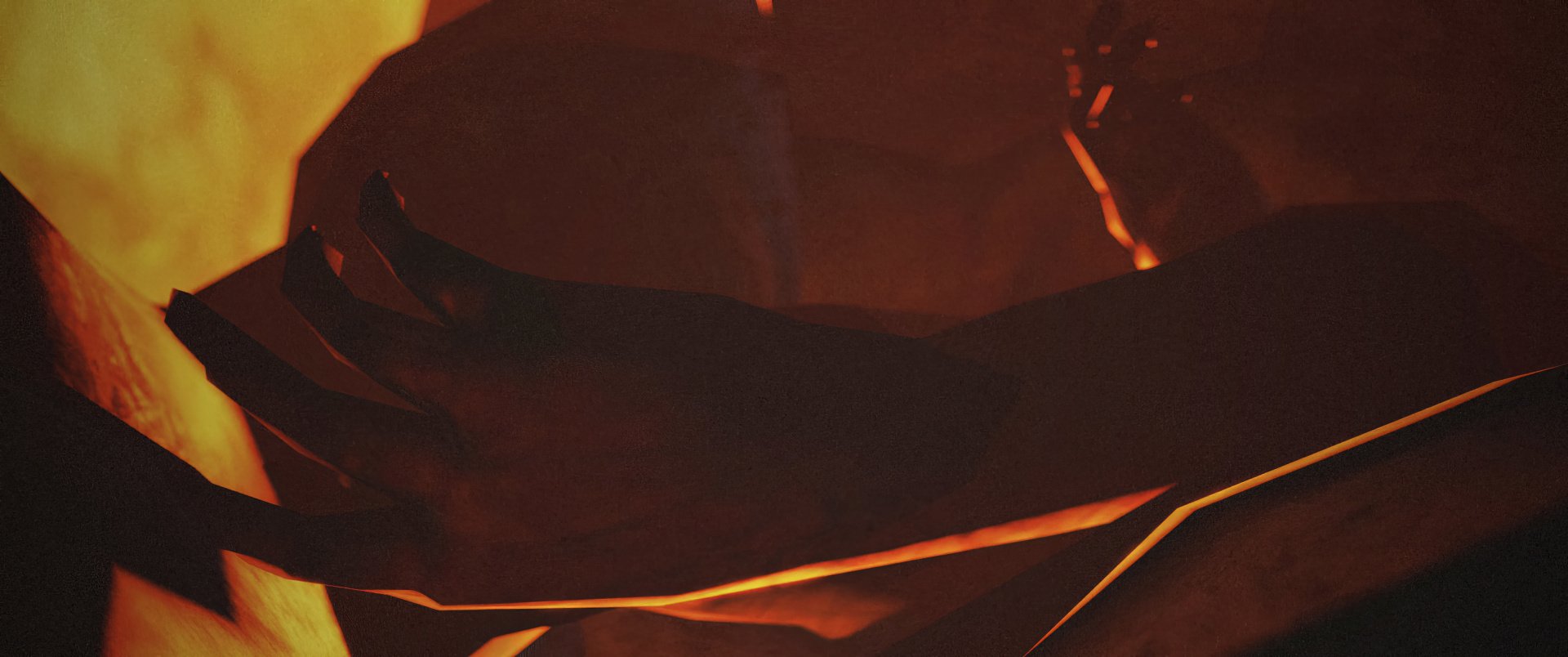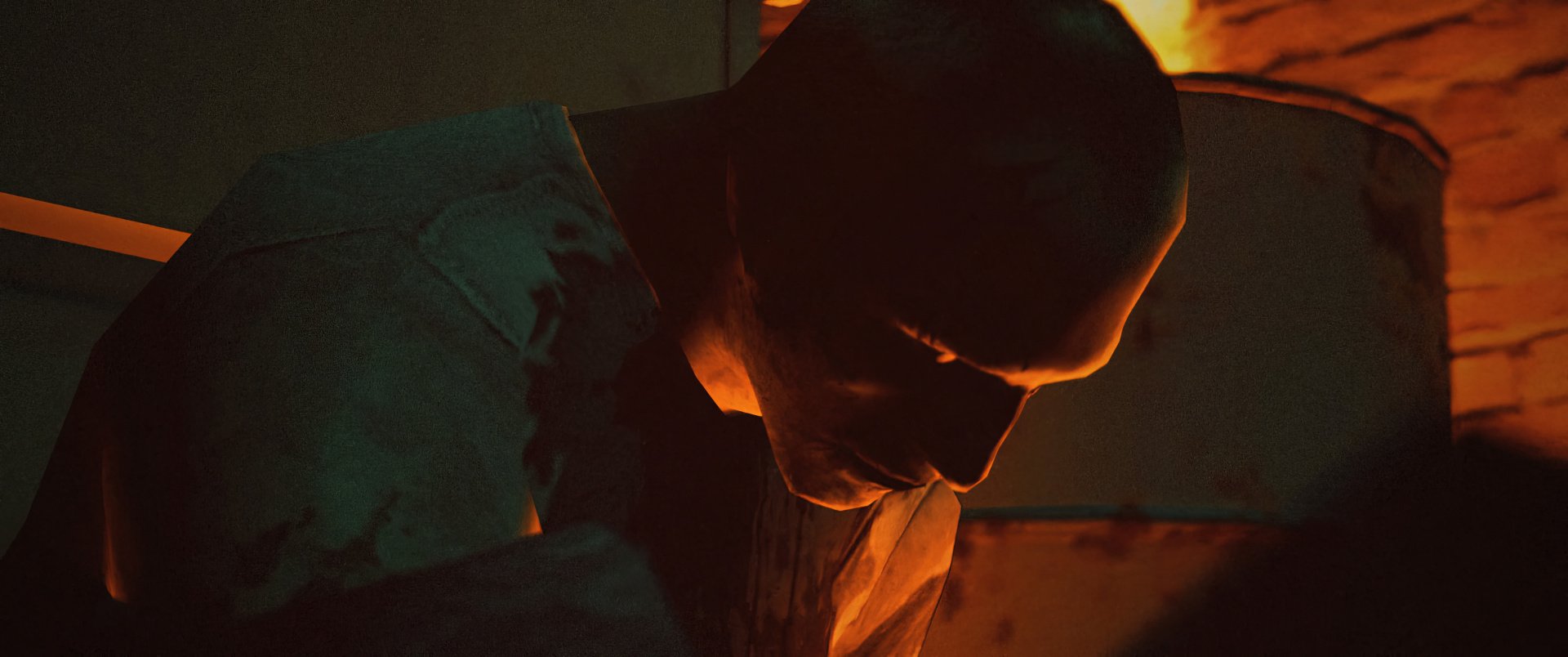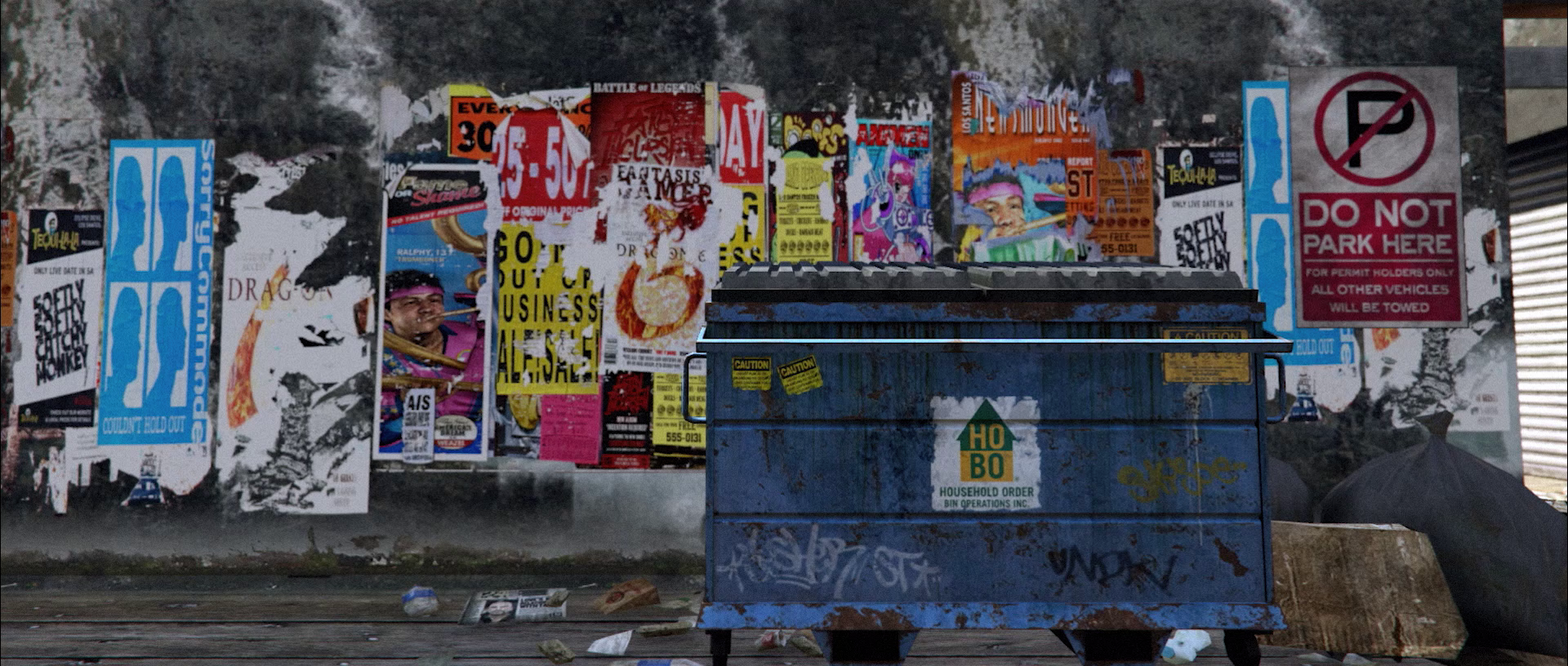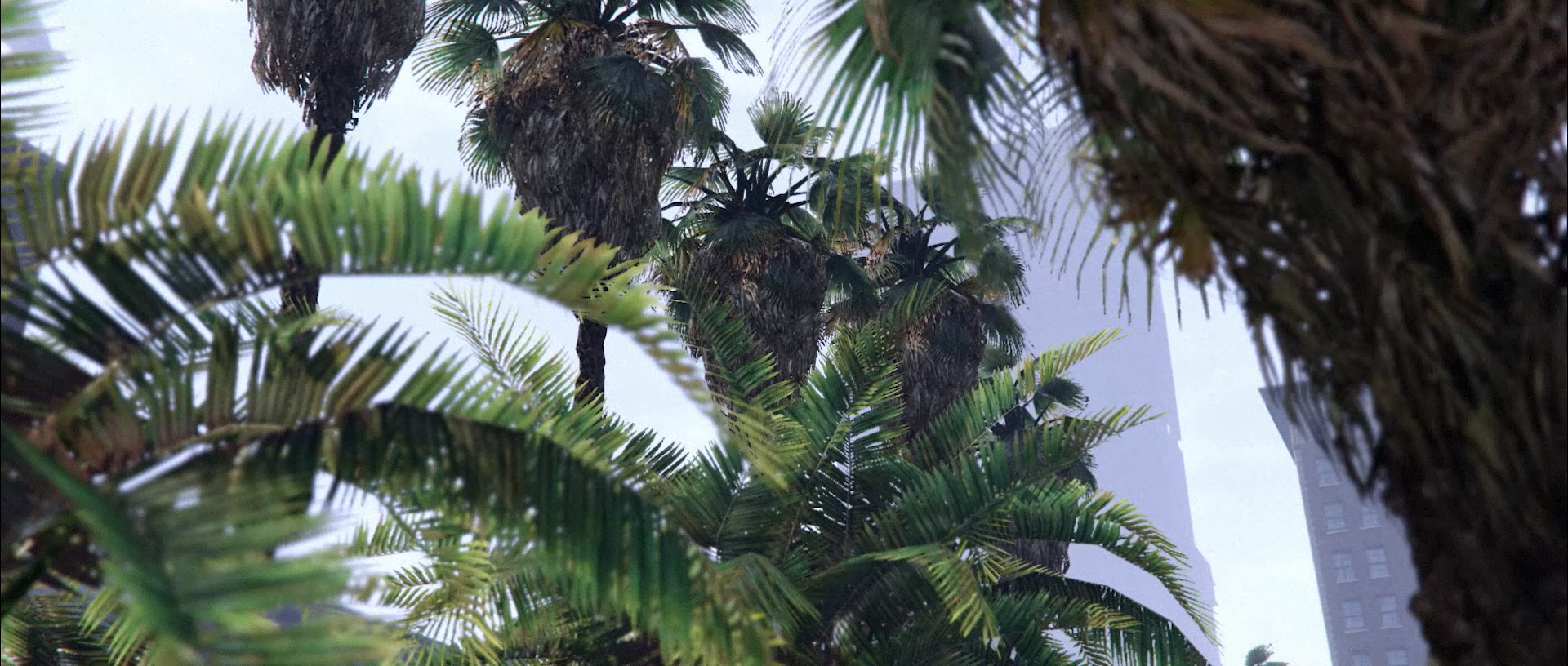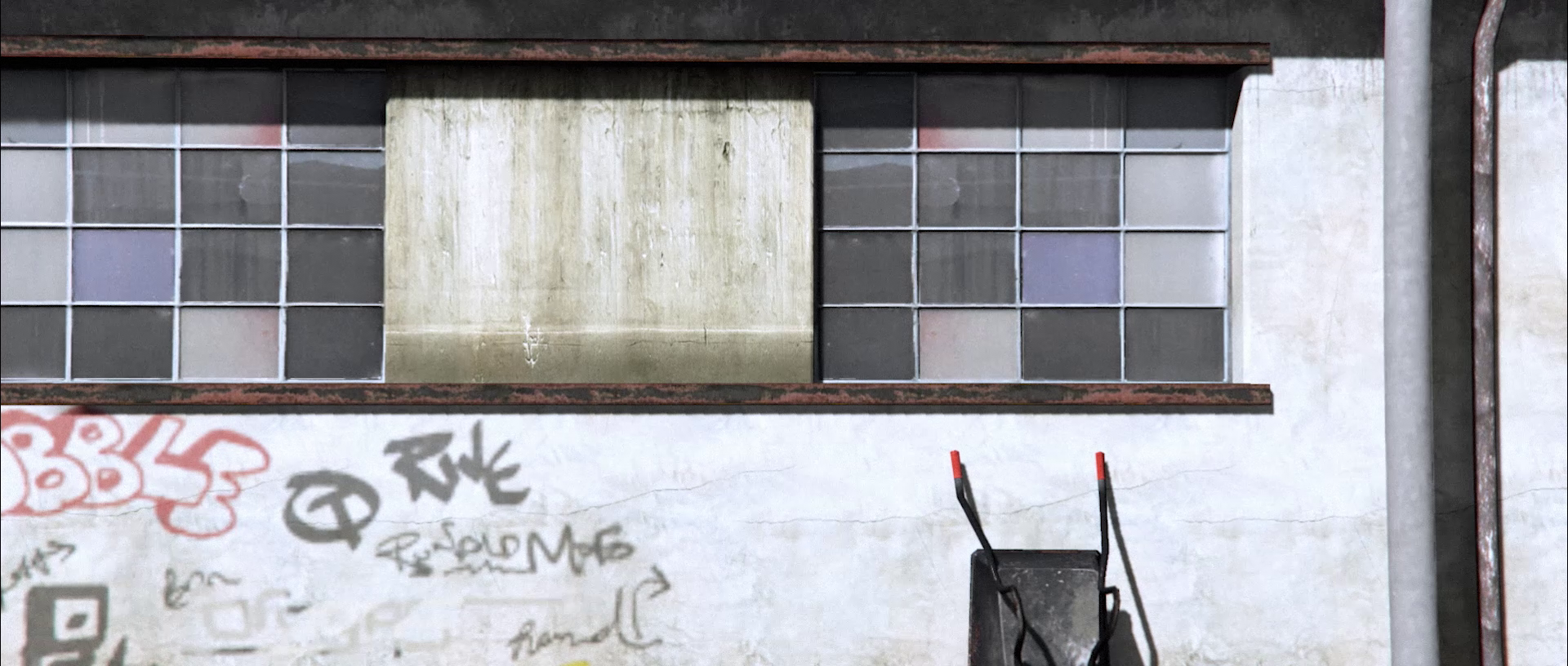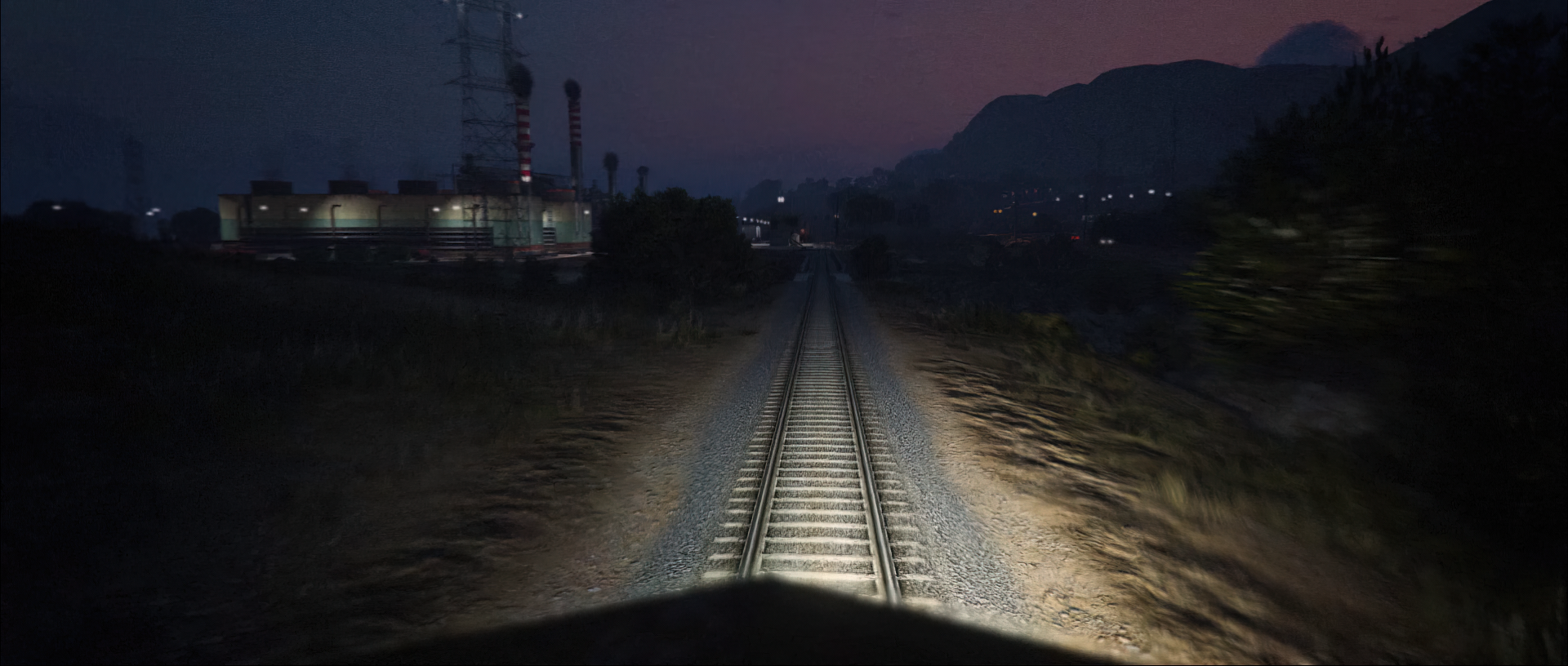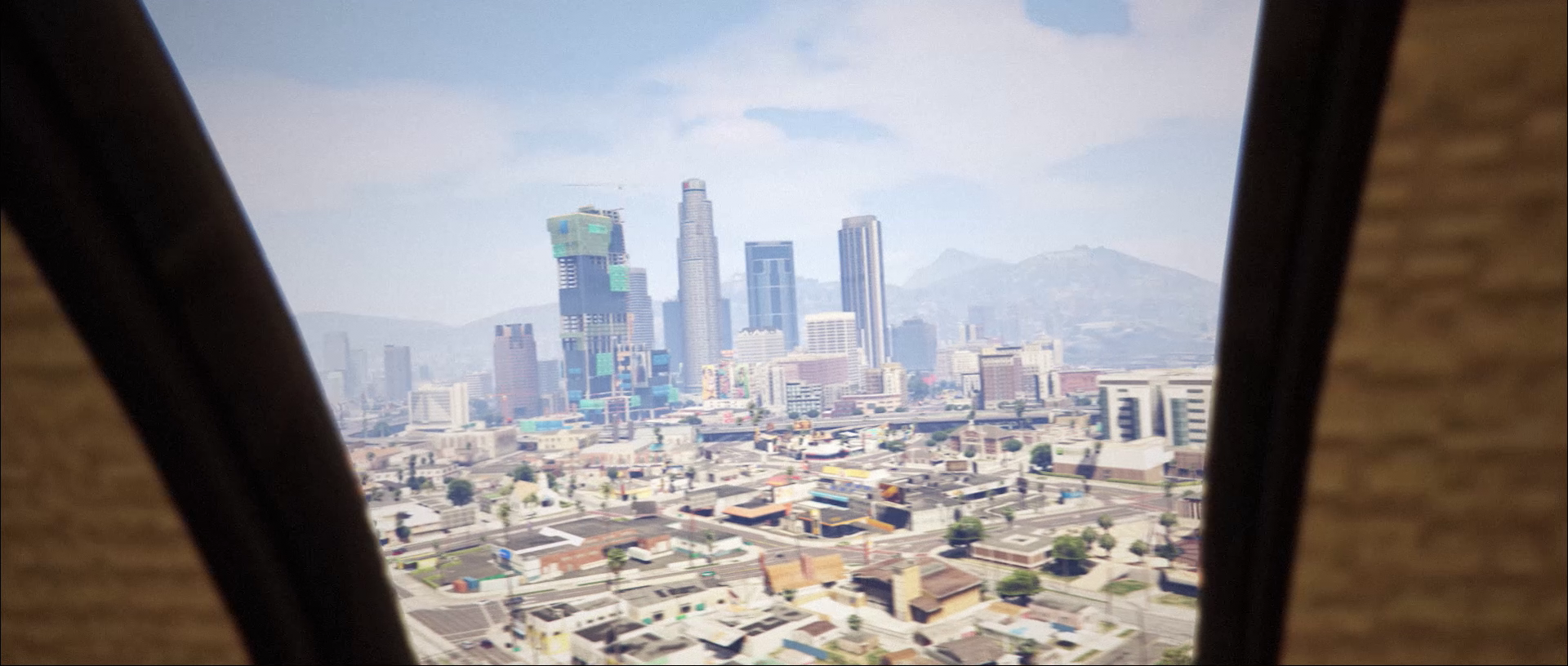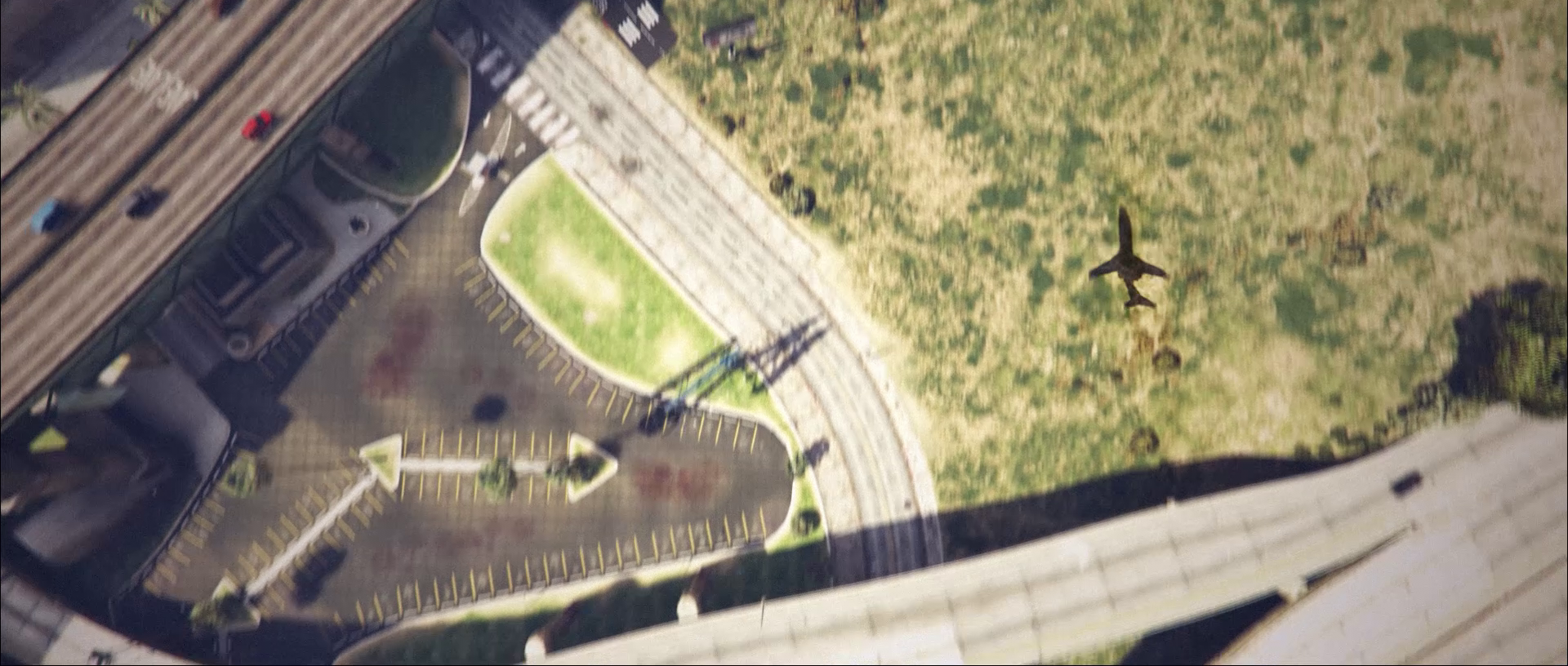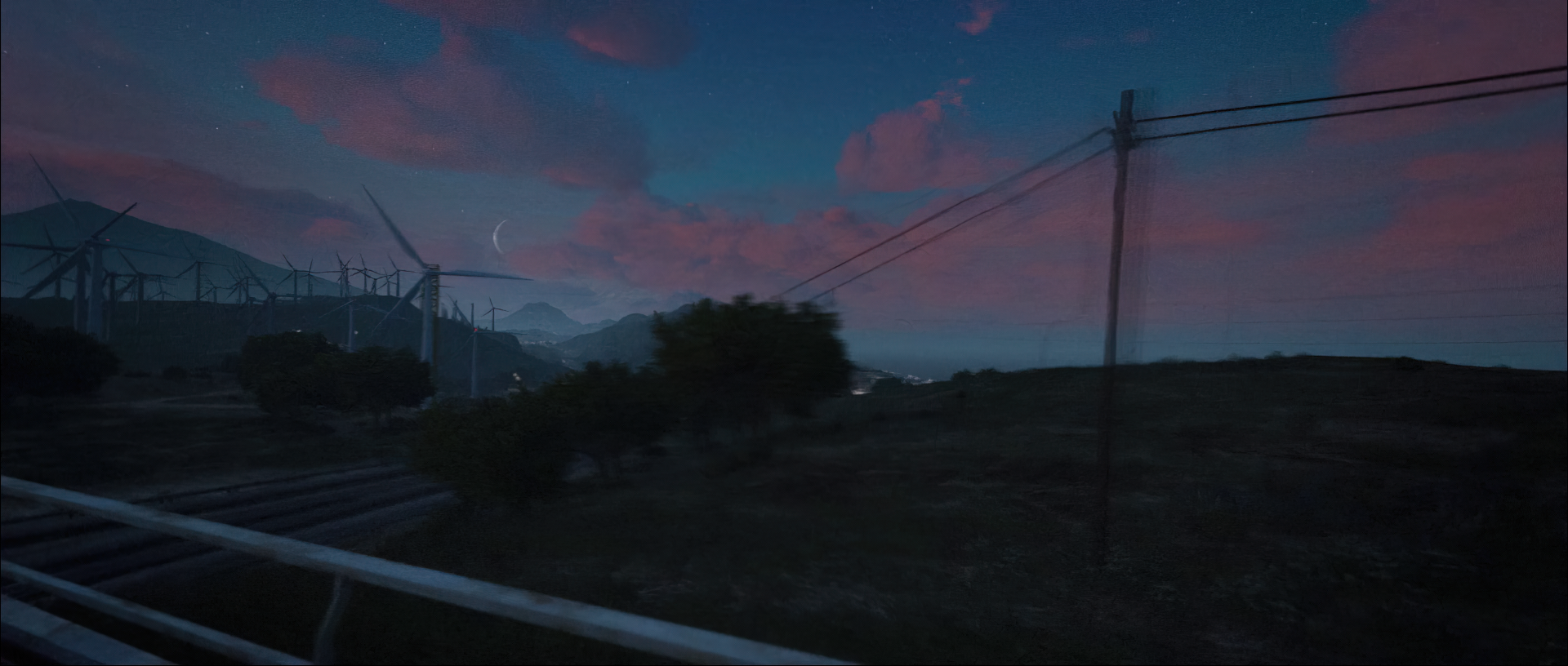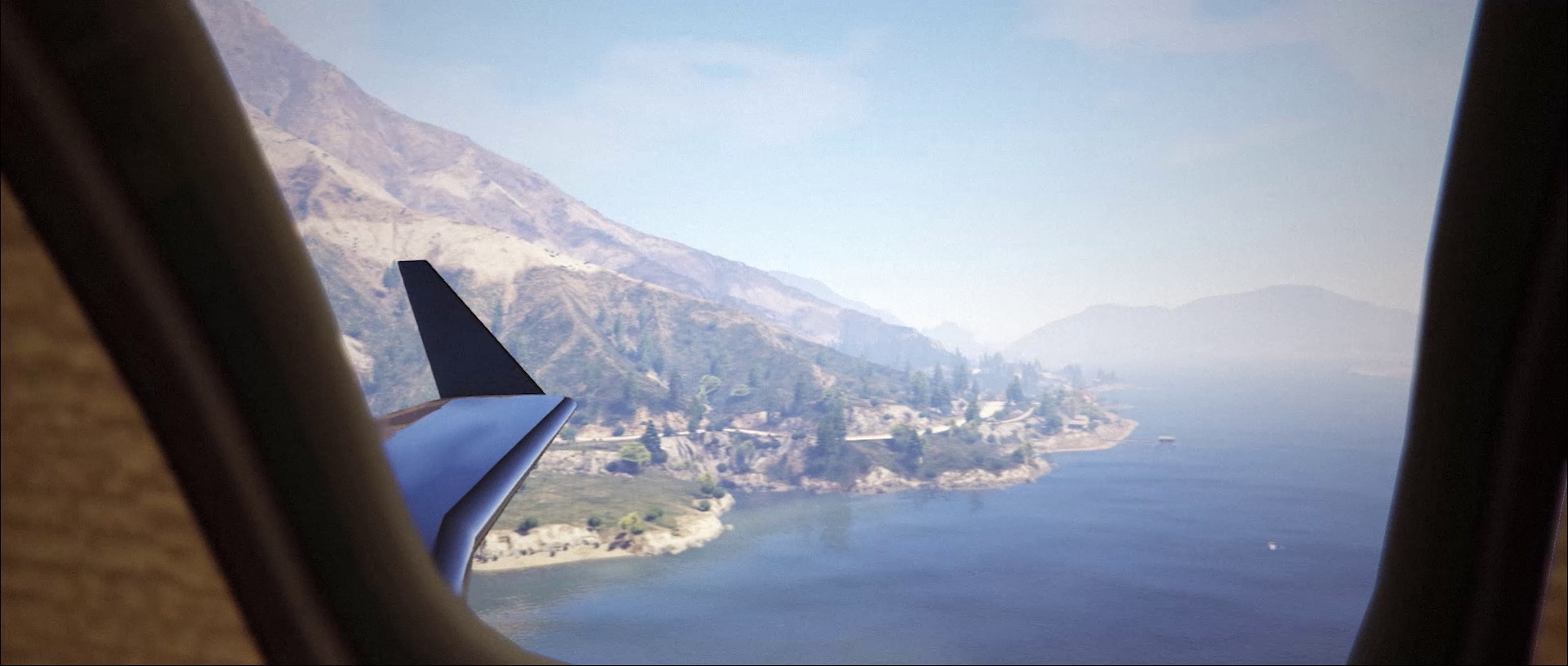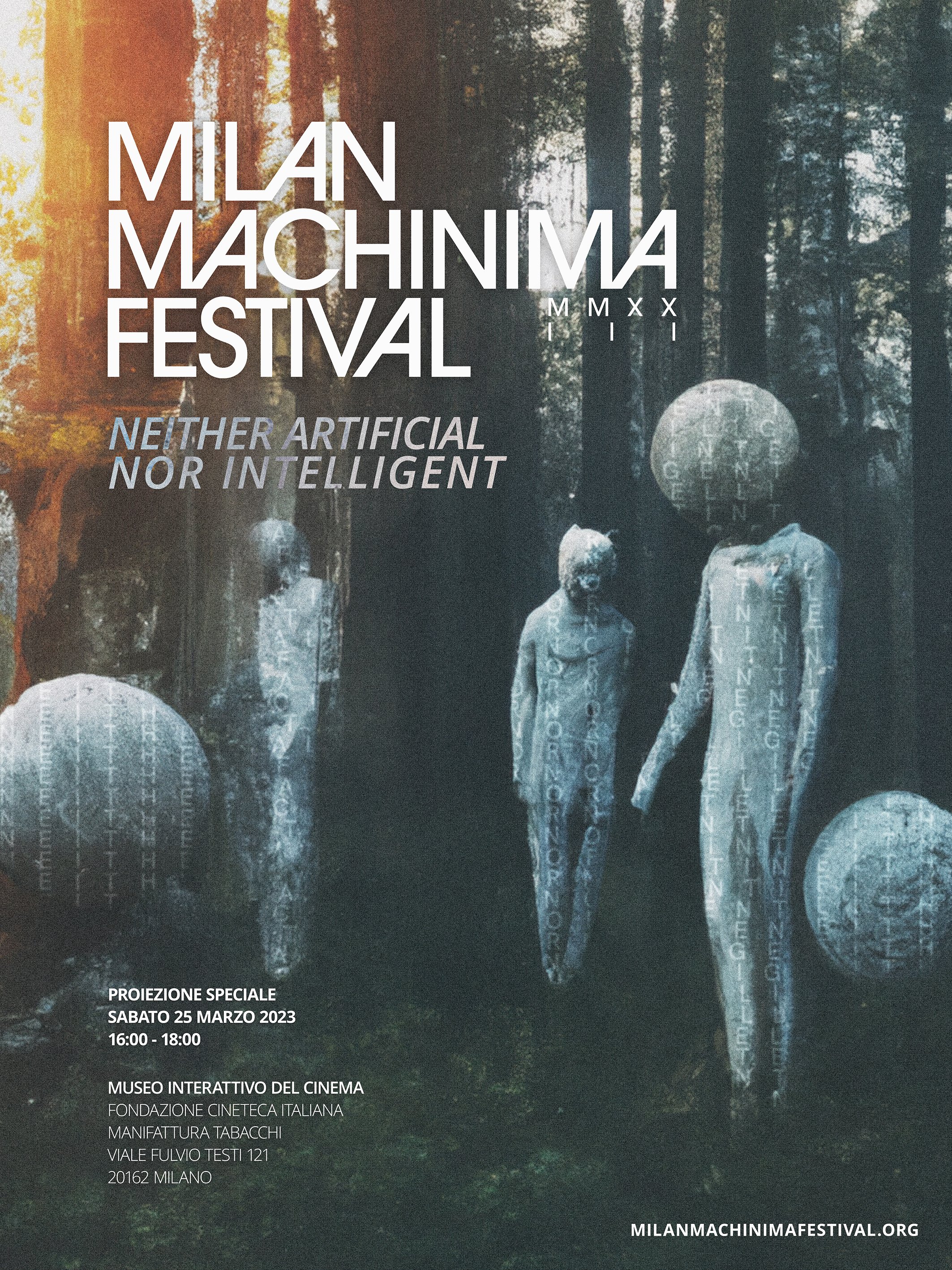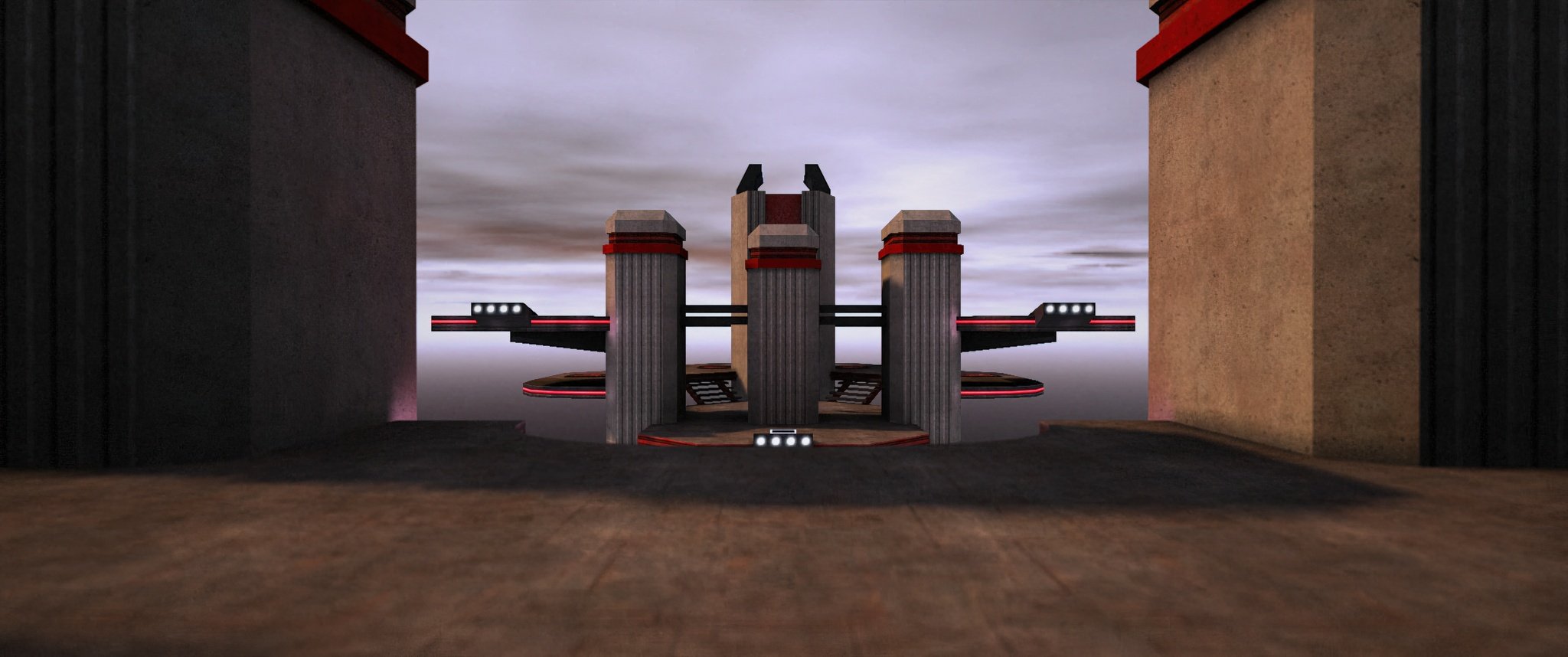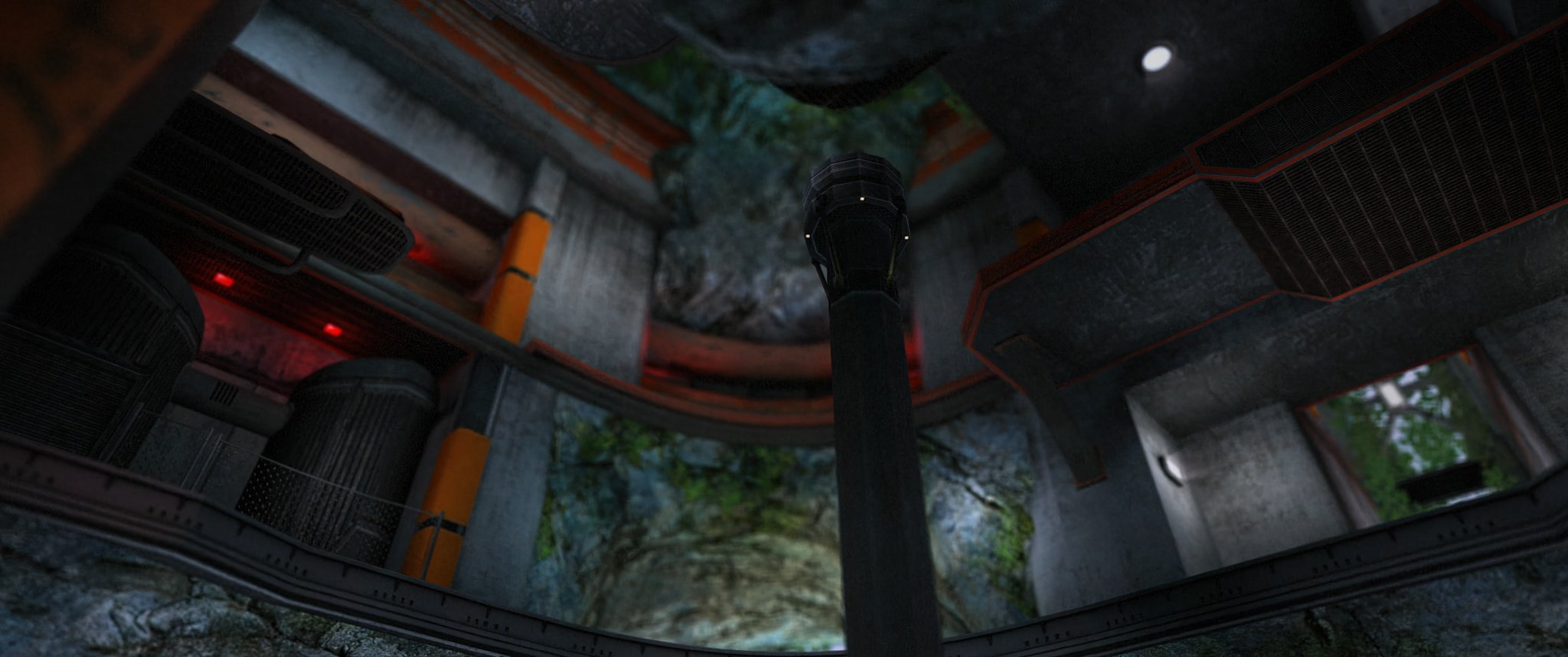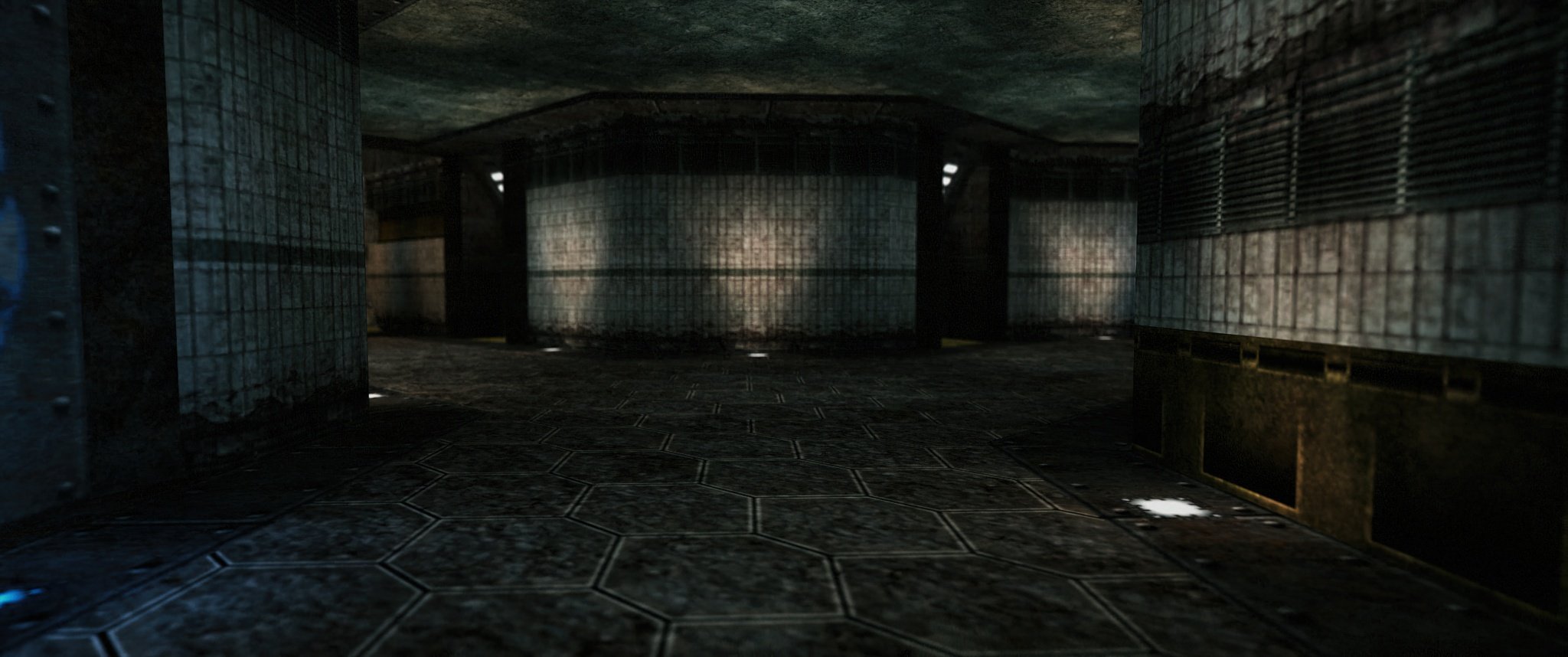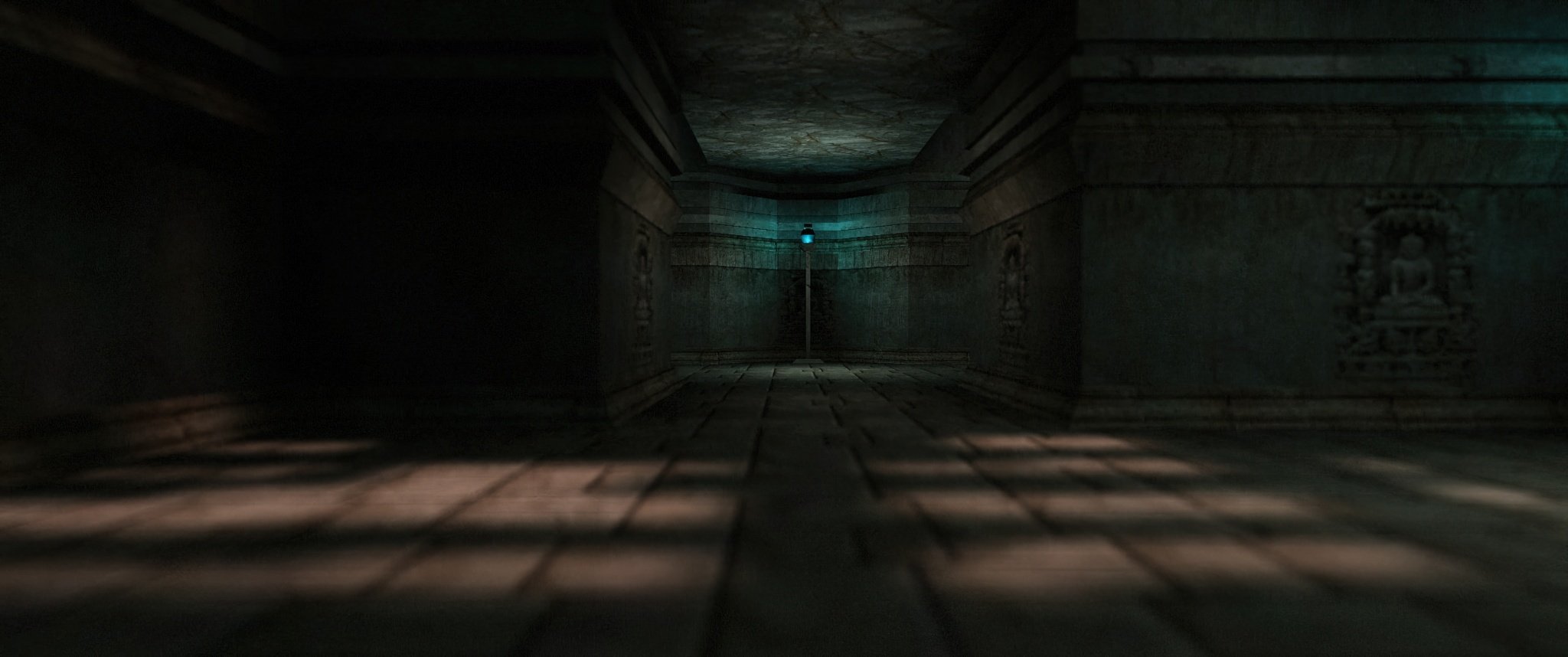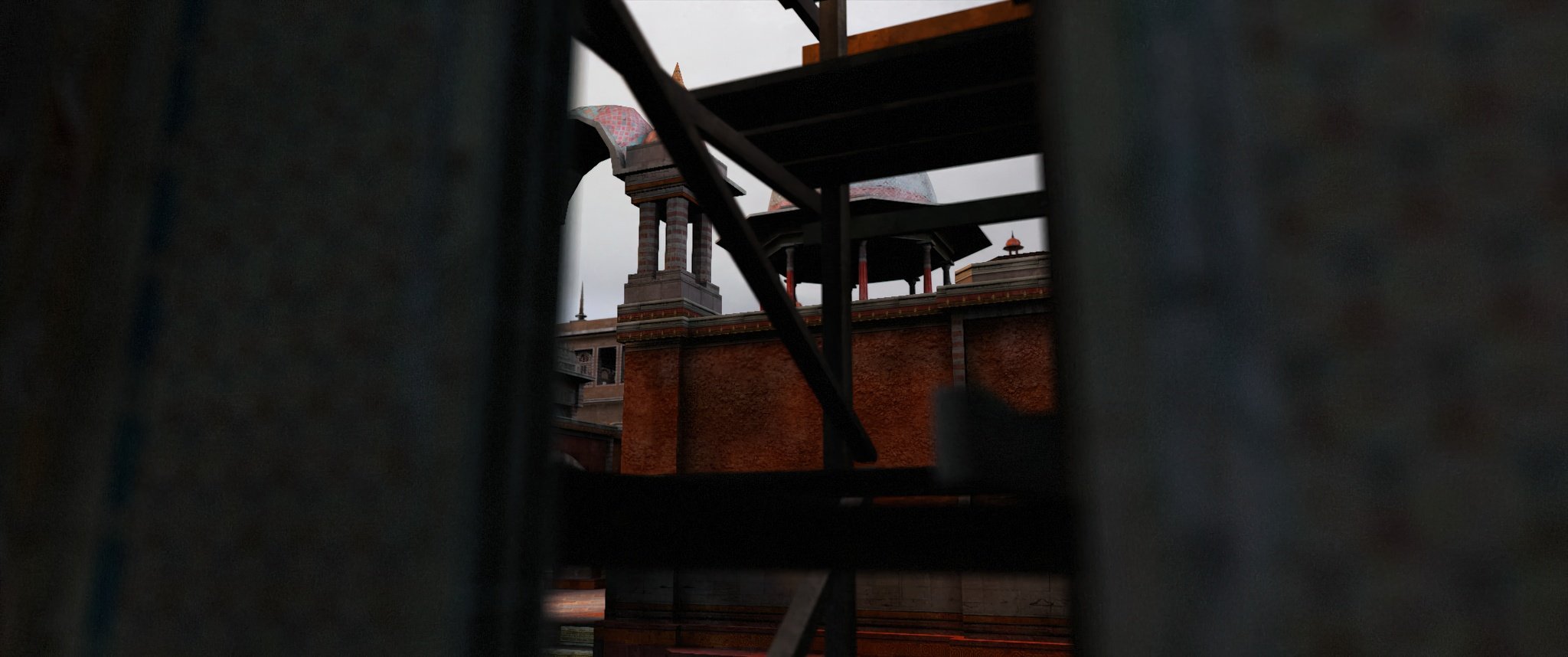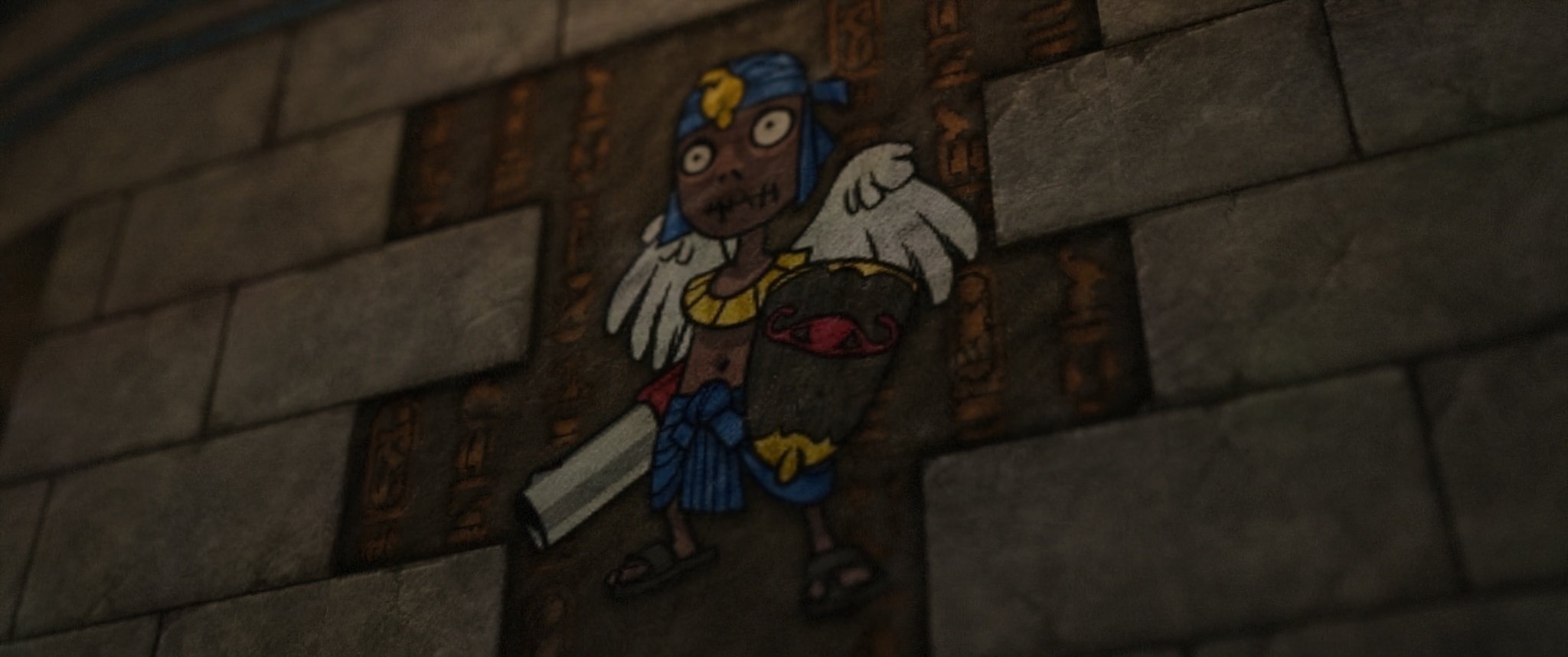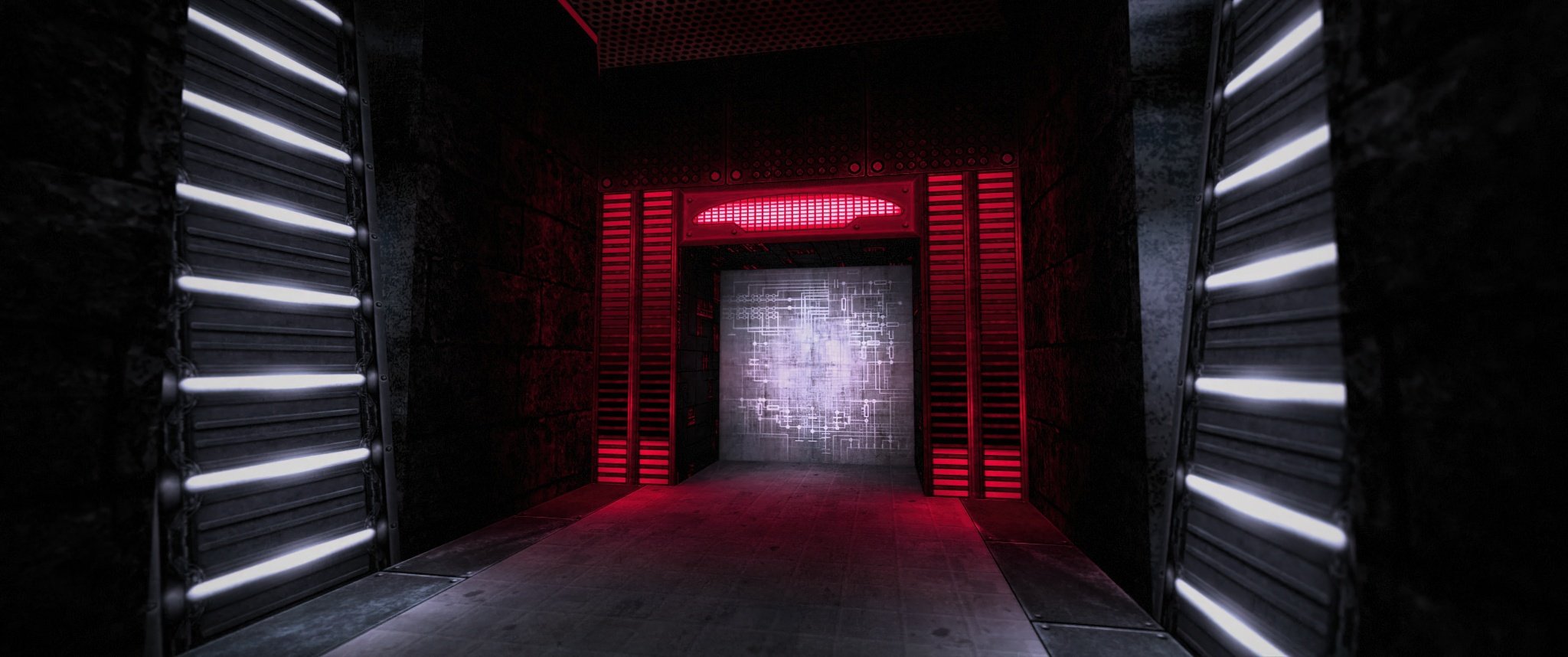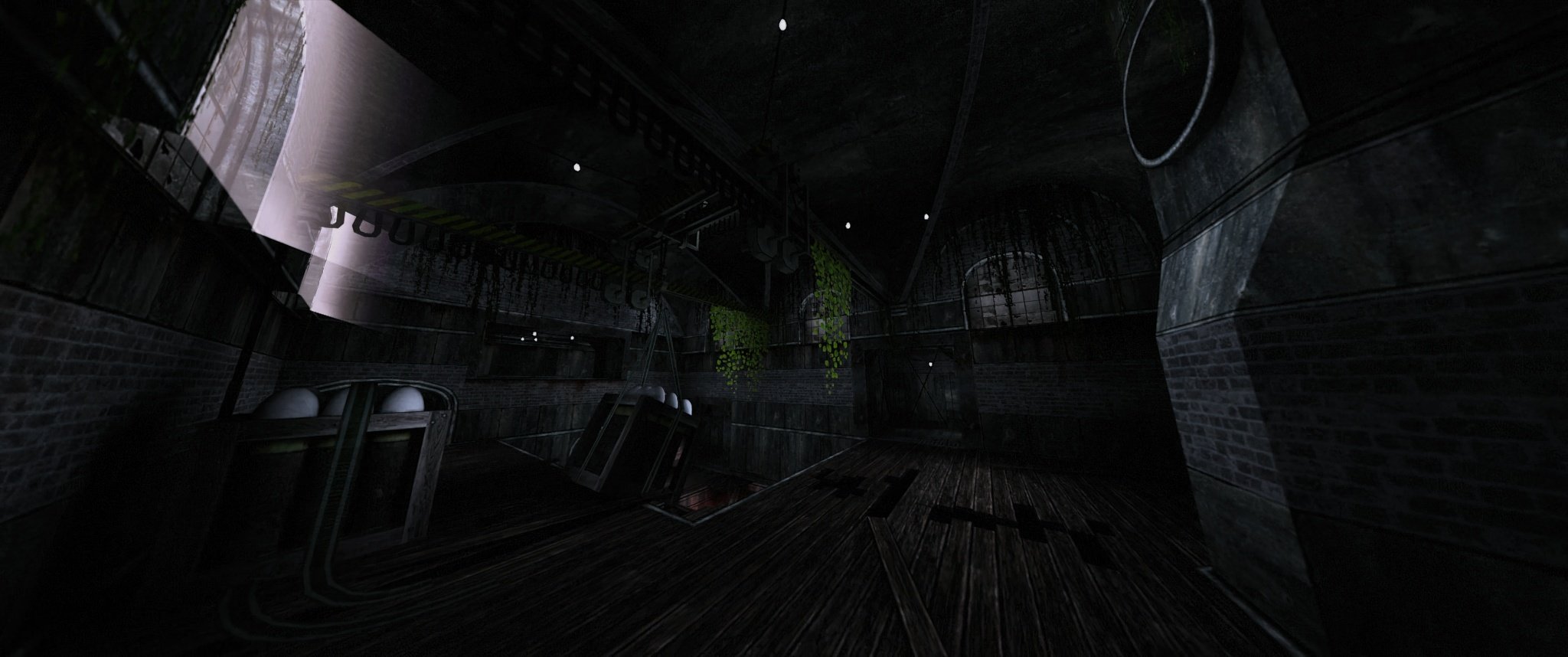VRAL is currently showcasing Regression 4, Jordy Veenstra’s latest installment in his ongoing monumental investigation of San Andreas. To accompany the screening, we are delighted to present Experience, a 2021 machinima developed with a playable simulation titled Virtual Rides III.
PATREON-EXCLUSIVE CONTENT
〰️
PATREON-EXCLUSIVE CONTENT 〰️
Jordy Veenstra’s collaborative machinima project Experience transports viewers into the lush, vibrant world of Pixelsplit’s Virtual Rides III (2017). Developed over two years alongside the game’s creators, this experimental short film leverages the malleable possibilities of virtual spaces to construct a heightened cinematic reality. Experience represents Veenstra’s most ambitious and imaginative machinima project to date, recasting a familiar carnival setting as an avant-garde spectacle. Through kaleidoscopic colors, impossible camera angles, and hypnotic motion, the film redefines the sensory possibilities of interactive environments. This is the polar opposite of ONRIDE’s dystopian attraction.
From its opening shots gliding over the fairgrounds, Experience signals its intent to revel in the limitless perspectives unique to simulations. The camera swoops and pans across the setting, freed from physical restraints to showcase the scale and details of the space. Tracking shots follow the coasters’ winding motions, abstracting them into studies of shape and texture. Veenstra describes this disembodied viewpoint as “exceeding audience expectations”, leveraging the machinima format to highlight aspects of the world beyond what players see. The cinematography foregrounds sensory experience, allowing time to appreciate the setting’s rich sights and sounds.
This immersive effect stems from Veenstra’s custom augmentation of Virtual Rides III’s assets, part of his “practice of distortion” for enhancing game environments. Wildly colorful and asymmetric patterns adorn each ride, evoking an imaginative, pataphysical mood. Typography and pop culture images further transform the familiar carnival into an otherworldly realm. As Veenstra explains on his website, this surreal digital set...
Matteo Bittanti
Works cited
Jordy Veenstra
Experience
digital video (1280 x 544, aspect ratio: 2:35), color, sound (Stereo, -14LUFS), 9’ 20”, 2021, The Netherlands
Produced by Pixelsplit and A Pixelated Point of View
Made with Virtual Rides III, Pixelsplit, 2017
Mods: Freecam adjustment by Pixelsplit
Film Score: FEX.
All images and videos courtesy of Jordy Veenstra
This is a Patreon exclusive content. For full access consider joining our growing community.

